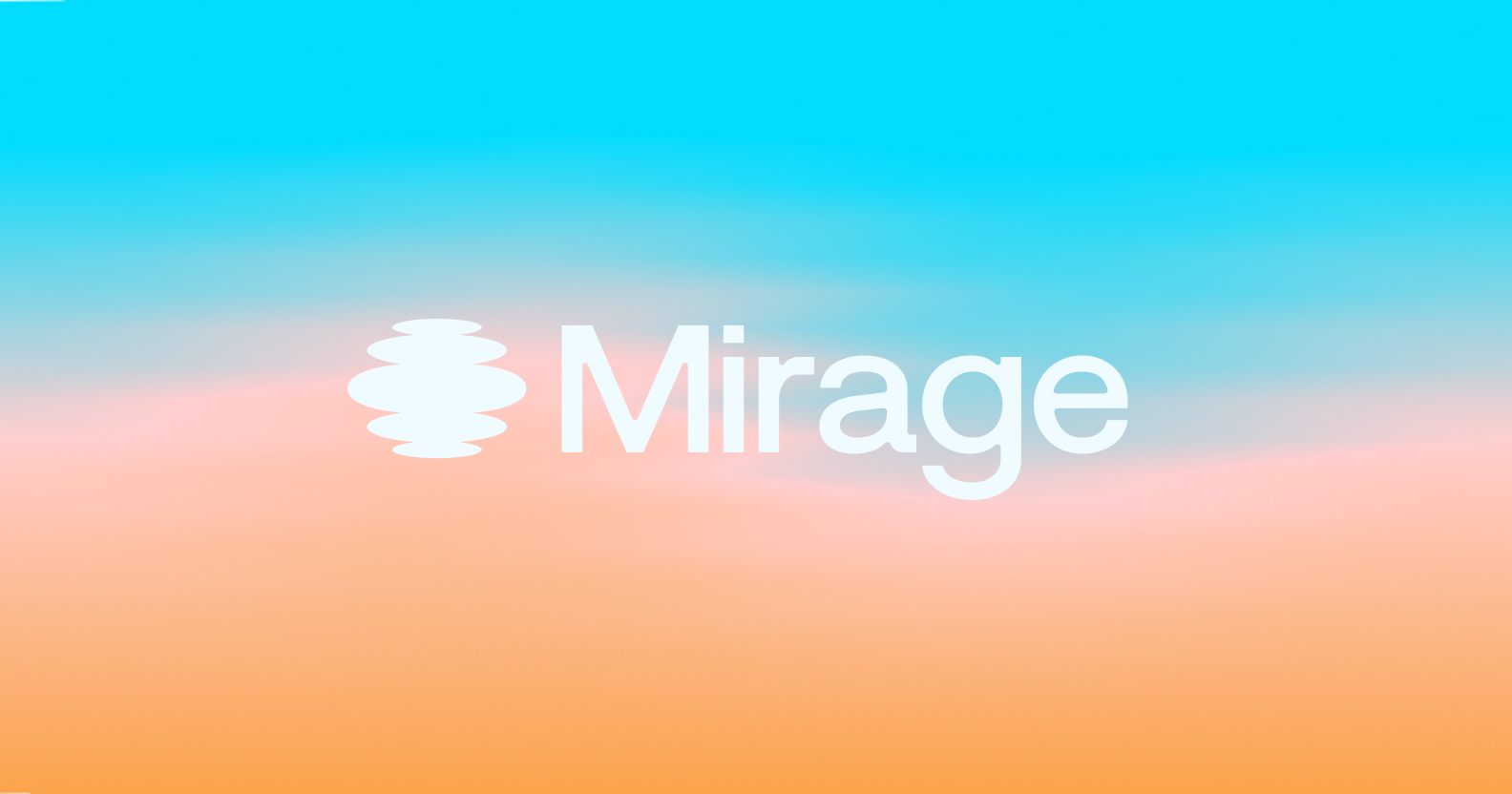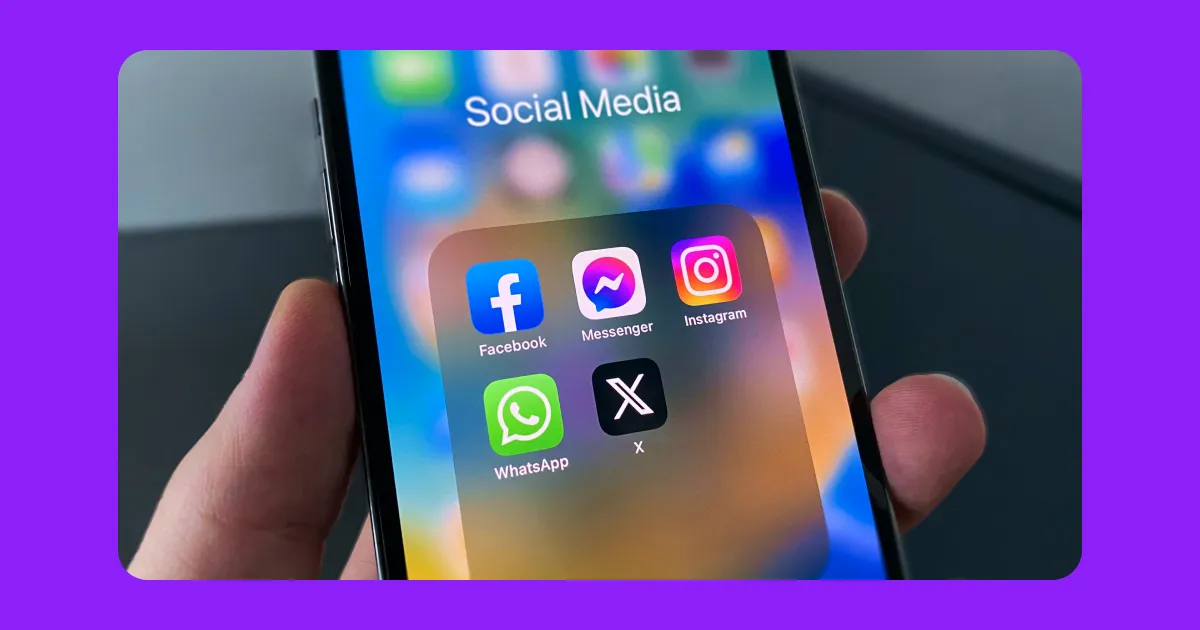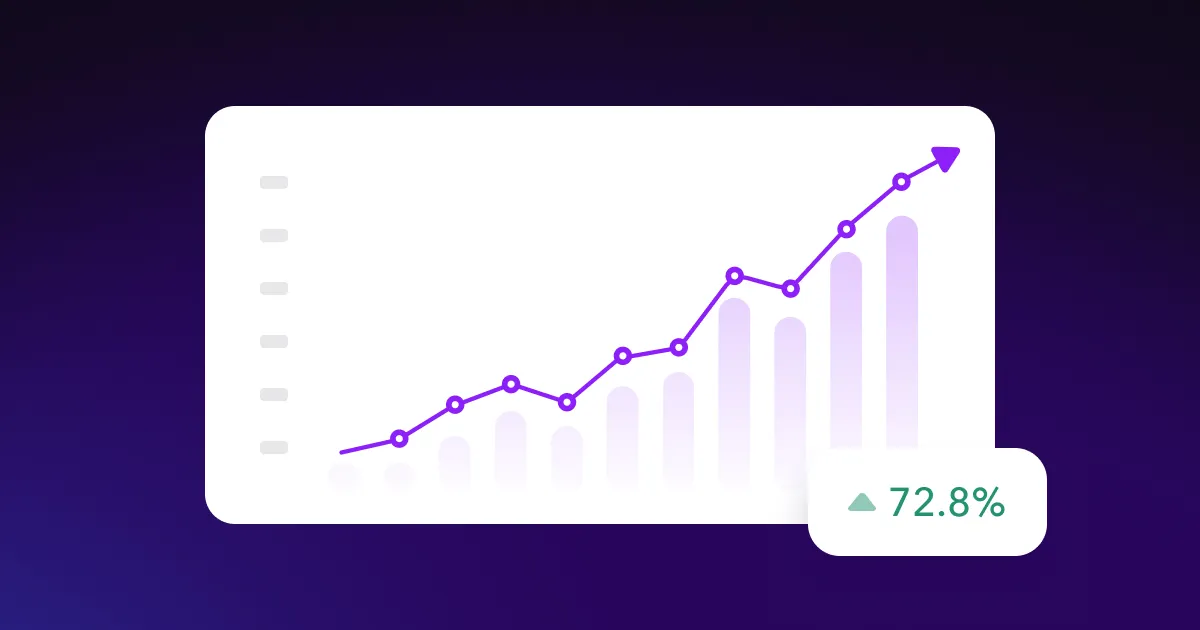Great video content isn’t only engaging — it’s strategic. You must consider your audience’s attention span, the emotions you hope to convey, and your end-goals regarding this content. Every frame matters when writing a script.
Read on to learn how to write a script for a YouTube video and explore practical tips for creating compelling content narratives.
What’s a YouTube Script?
A YouTube script is a written video outline that guides every element — like dialogue, actions, and video transitions — ensuring content moves cohesively from one scene to the next.
Whether you're planning a short-form video like a YouTube Short or a longer video blog, an effective script will keep production on track. A well-crafted outline establishes a clear structure and narrative flow. Script formats can vary — while some include precise lines of dialogue, others provide looser guidelines, allowing for organic delivery.
Why Should You Draft YouTube Scripts?
Scriptwriting helps you organize your thoughts and provides a practical reference throughout the creation process. Here’s why scripting can improve your content:
- Smooth storytelling — Writing a video script lets you plan a narrative arc and form content ideas for stories with a distinct beginning, middle, and end. An outline ensures every element is in place before you record.
- Clear content structure — A script outlines each video segment so you can deliver your message without confusion. This structure lets you stay on track during video creation and ultimately helps your audience follow along, making complex information more accessible.
- Consistency and cohesion — Making a YouTube video with a script synchronizes the video's visuals, sound effects, narration, and dialogue so everything is in sync and each part complements the others. This creates a cohesive end product that engages and entertains viewers so they keep watching, boosting your ranking on the platform and getting you more views.
- Improved efficiency — Having a guide on hand means you can spend less time improvising and more time creating. This resource helps you plan your shoots, estimate filming time, and prepare resources like props and actors in advance. Careful preparation also reduces the likelihood of costly and time-consuming errors, like running out of time or forgetting a prop you need.
Starting Your Script: 4 Tips
Use these four essential pre-writing tips to prepare for script writing.
1. Identify Your Audience
Before you write your video outline, consider who you’re speaking to. Identify your target audience’s interests and pain points based on thorough consumer research. Tools like Google's Find My Audience can help you learn about your viewers’ needs and behavior. This resource reveals what people in your target demographic are watching, which you can use to inform content creation.
2. Research Keywords
Optimize your YouTube video script with relevant keywords to help your content appear in Google and YouTube search results. To identify effective words and phrases to integrate, use a tool like YouTube's auto-suggest feature. You can type your topic or video title into YouTube's search bar, and real user search phrases will pop up from the platform’s algorithm.
3. Determine the Title
Choose a catchy title that indicates what your content is about and encourages viewers to click and guides the direction of your content, giving viewers a promise of what they're about to watch. Experts recommend using a keyword in the title, which should be between 60 and 70 characters.
4. Align with Your Channel's Tone
Your YouTube channel has its own distinct tone. For example, you might be known for your sarcastic jokes about video games or no-nonsense approach to finances. Ensure your dialogue is consistent with your existing content’s voice, especially if you have an established audience familiar with your style.

What Does a Script Look Like? 5 Steps for Writing
To craft a compelling YouTube script for your next project, follow these five key steps.
1. Create a Captivating Hook and Introduction
Begin your script with an entertaining or intriguing hook that grabs attention in a matter of seconds. This can be a provocative question or surprising fact. For example, for an explainer video about sustainable living, you could ask viewers, "Have you ever wondered how much trash your household creates?"
Follow the hook with a concise and engaging introduction that sets the stage for your video, briefly explaining what the viewer will gain from watching your video. You could continue with a statement like, "Hi, I'm Cassandra! In this video, you'll learn how to live more sustainably in a few easy steps." Then keep the viewer watching by briefly highlighting what you'll cover.
2. Outline the Script’s Body
Break down your video’s primary message into critical points or sections. If you view a YouTube script example or template for inspiration, it likely introduces up to five points and elaborates on each one.
When writing this body text, clarify complex ideas and wrap it all up with a summary. Continuing the example about a sustainable living tutorial, you wouldn’t just mention ideas like home composting — you’d also explain how they work and why they’re important. At the end of the video, briefly overview what you covered to leave the viewer with key takeaways.
3. Leverage AI for Increased Efficiency
Captions' AI-driven tools can support the writing and editing processes by suggesting language enhancements and variations. This resource can also generate original content ideas, saving brainstorming time in your production workflow and helping you overcome writer’s block.
Here’s how to write a script using Captions:
- Tap on “Create” and select “Script.”
- Choose a template or select “Auto” if you’re not sure what you need.
- Enter a video description.
- Choose your preferred tone of voice, video length, and language.
- Tap “Generate script,” and edit the final product as needed.
4. Edit for Clarity and Accuracy
Once you have a first draft in hand, assess and refine your script. Cut out unnecessary fluff and simplify complex ideas so the video is accessible to your target audience. For example, if your video is about skin care products, explain how common ingredients work instead of just listing them. You can also ask someone to review your script and offer suggestions about progression, logic, and clarity.
5. End With a Call-to-Action
Summarize your video’s main points and encourage viewers to take a specific action, such as liking your post, subscribing to your channel, or commenting with an answer to a question you posed.

Generate Engaging AI-Powered Scripts With Captions
Streamline your process with Captions AI. This editing platform offers powerful tools for automating script generation, empowering content creators to easily write drafts that capture their voice and engage their audience.
Captions also provides time-saving features like AI voiceovers, customizable subtitles, and automatic video editing. After your video goes live, use Captions to extract the most shareable moments, inspiring YouTube Shorts that might go viral.









